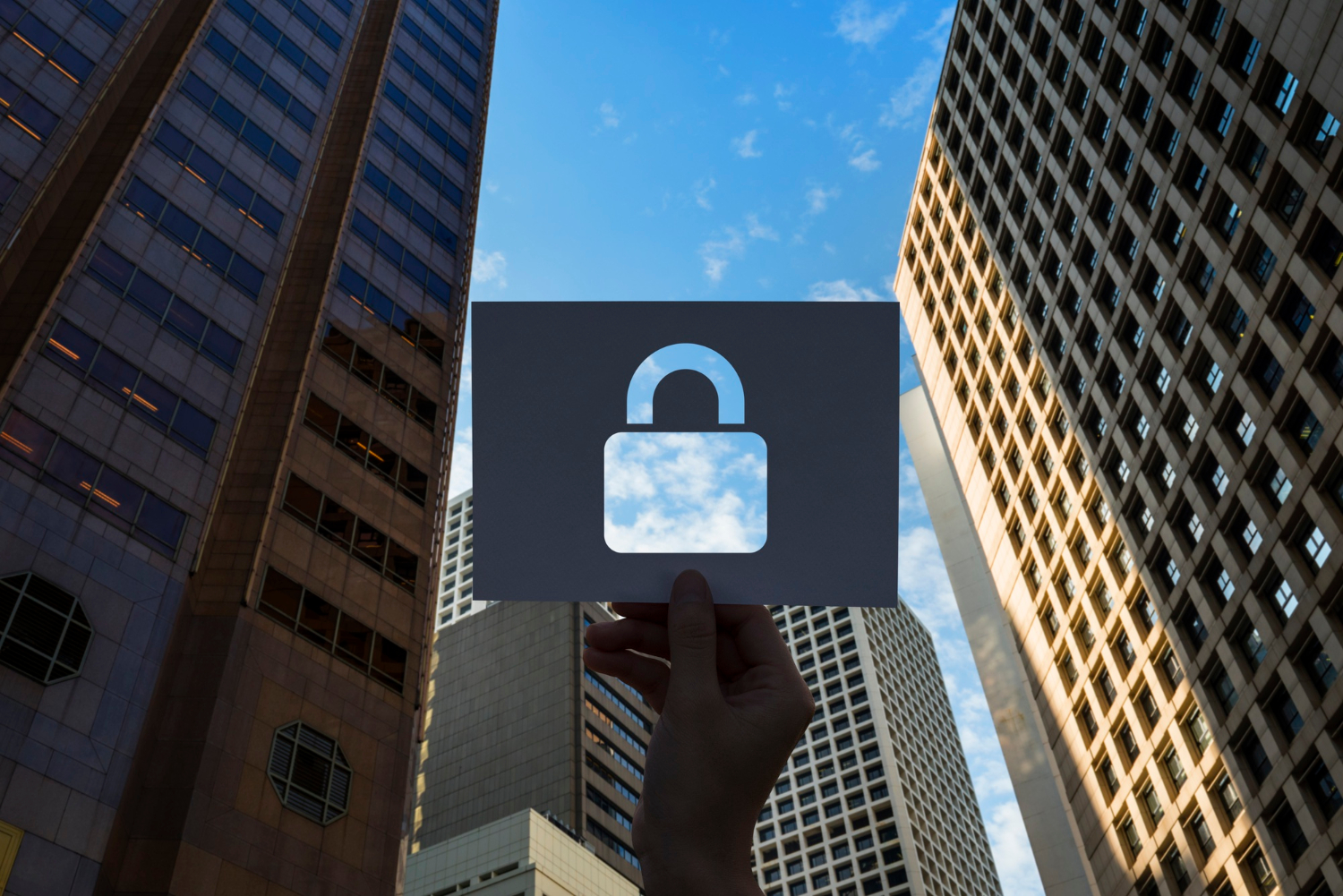ISafeguarding valuable assets and data is paramount for business owners. Establishing effective security protocols is essential to mitigate potential risks and protect against security breaches. One crucial aspect of a comprehensive security strategy is the implementation of access control systems, including keypad locks.
In this article, we will explore essential strategies for business security, emphasizing the significance of keypad locks in maintaining a secure environment.
Assessing Security Vulnerabilities
To establish a solid security foundation, businesses must evaluate both physical and cybersecurity measures. Physical security entails securing premises and entry points. Installing surveillance systems, alarms, and implementing robust access control, such as keypad locks, significantly enhances protection against unauthorized access. Keypad locks provide businesses with an extra layer of security, as they require authorized personnel to input a unique code for entry, reducing the risk of unauthorized individuals gaining access to sensitive areas.
Cybersecurity measures are equally critical, as businesses increasingly face digital threats. Prioritizing data protection is vital. Implementing network security measures, such as firewalls and encryption protocols, helps safeguard against cyber attacks. Additionally, educating employees on cybersecurity best practices, such as creating strong passwords, recognizing phishing attempts, and regularly updating software, is essential for maintaining a secure digital environment.
Implementing Access Control Systems
Modern access control systems, including keypad locks, offer keyless entry and advanced security features. Keyless entry systems eliminate the need for traditional keys, reducing the risk of unauthorized duplication. Keypad locks provide businesses with secure and convenient access control, allowing authorized personnel to enter restricted areas.
These locks seamlessly integrate with existing security systems, providing a comprehensive security solution for businesses of all sizes. Moreover, keypad locks offer the flexibility to create unique access codes for different individuals or departments, enabling precise control over access rights.
Developing Comprehensive Security Policies
Business owners should develop robust security policies that outline access levels and permissions for employees. Implementing role-based access control ensures that only authorized individuals have access to specific areas or information.
By defining user roles and access privileges, businesses can maintain a well-regulated security environment. Additionally, adopting visitor management systems helps monitor and regulate visitor access, reinforcing overall security measures. These systems allow businesses to track visitors, issue temporary access codes, and enhance the overall security posture.
Employee Education and Awareness
One of the most critical aspects of maintaining a secure business environment is employee education and awareness. Employees must receive comprehensive security training to understand security protocols, recognize potential threats, and apply best practices. Training sessions should cover topics such as physical security measures, cybersecurity practices, and incident reporting procedures.
Encouraging a culture of security, where employees actively report suspicious activities and participate in regular security awareness campaigns, strengthens the overall security posture of the organization. By fostering a sense of responsibility and awareness among employees, businesses can create a united front against security threats.
Regular Audits and Testing
Periodic security audits are vital to identify vulnerabilities and gaps in existing security measures. These audits assess both physical and digital security aspects, helping businesses make informed decisions to enhance their security infrastructure. Physical security audits may involve reviewing access control systems, surveillance cameras, and alarm systems, while digital security audits evaluate network infrastructure, software configurations, and data protection measures.
Additionally, conducting penetration testing simulates real-world attacks to evaluate the resilience of systems, uncovering any weaknesses that need immediate attention. Regular audits and testing should be incorporated into a business’s ongoing security strategy to proactively identify and address potential vulnerabilities.
Lastly
Protecting a business investment requires proactive measures and a comprehensive security approach. By prioritizing business security measures, such as implementing keypad locks and robust access control systems, business owners can significantly mitigate security risks. Assessing vulnerabilities, developing robust security policies, educating employees, and conducting regular audits are crucial steps to maintain a secure business environment. Remember, security is an ongoing commitment, and continuously adapting to emerging threats is essential for long-term success.
Incorporating these strategies will help safeguard valuable assets, preserve business continuity, and foster trust among clients and stakeholders. By embracing a comprehensive security mindset, businesses can protect what matters most and ensure a safe environment for all. Investing in key security measures, such as keypad locks, demonstrates a commitment to the well-being of the business and its stakeholder



































